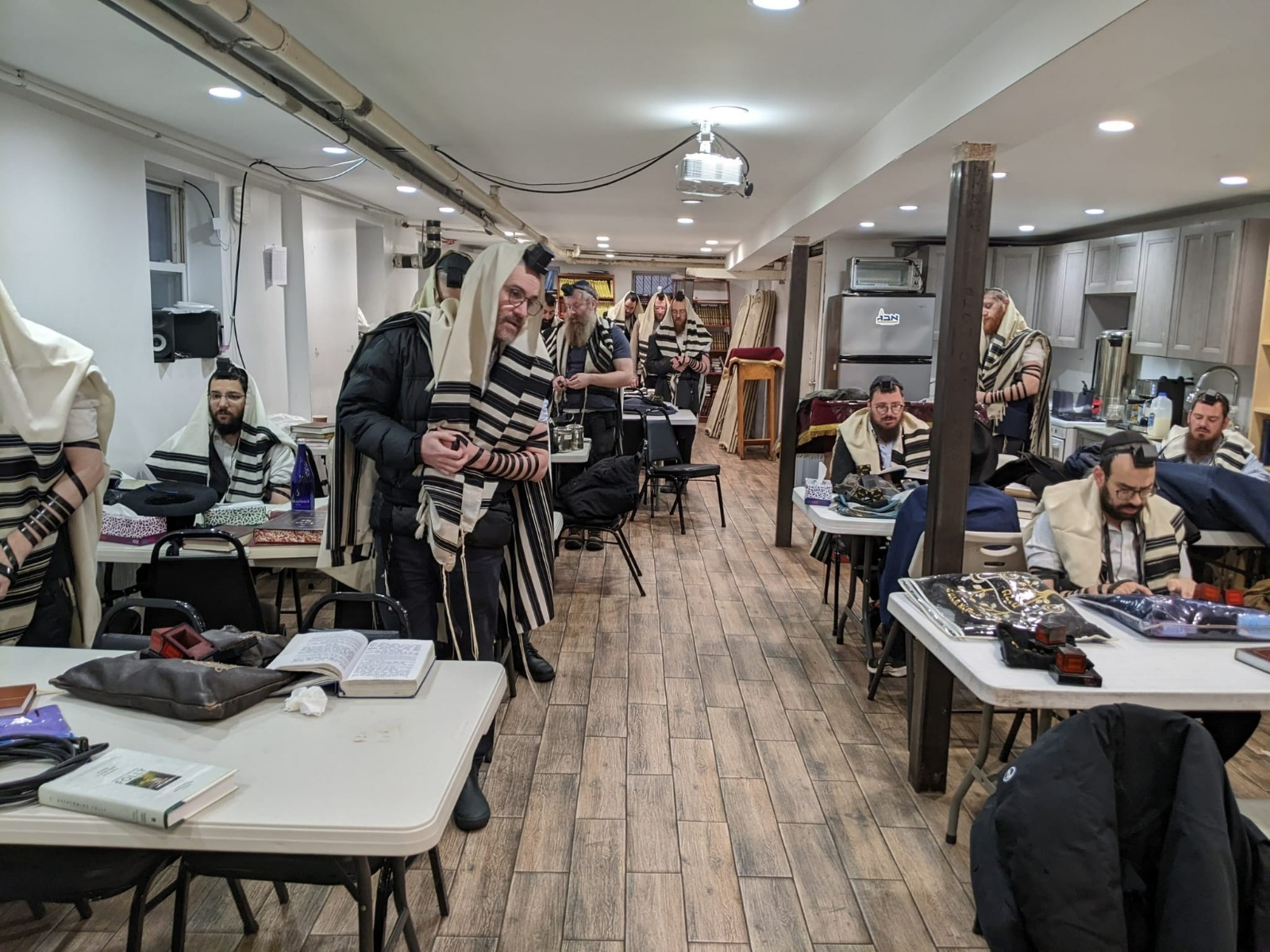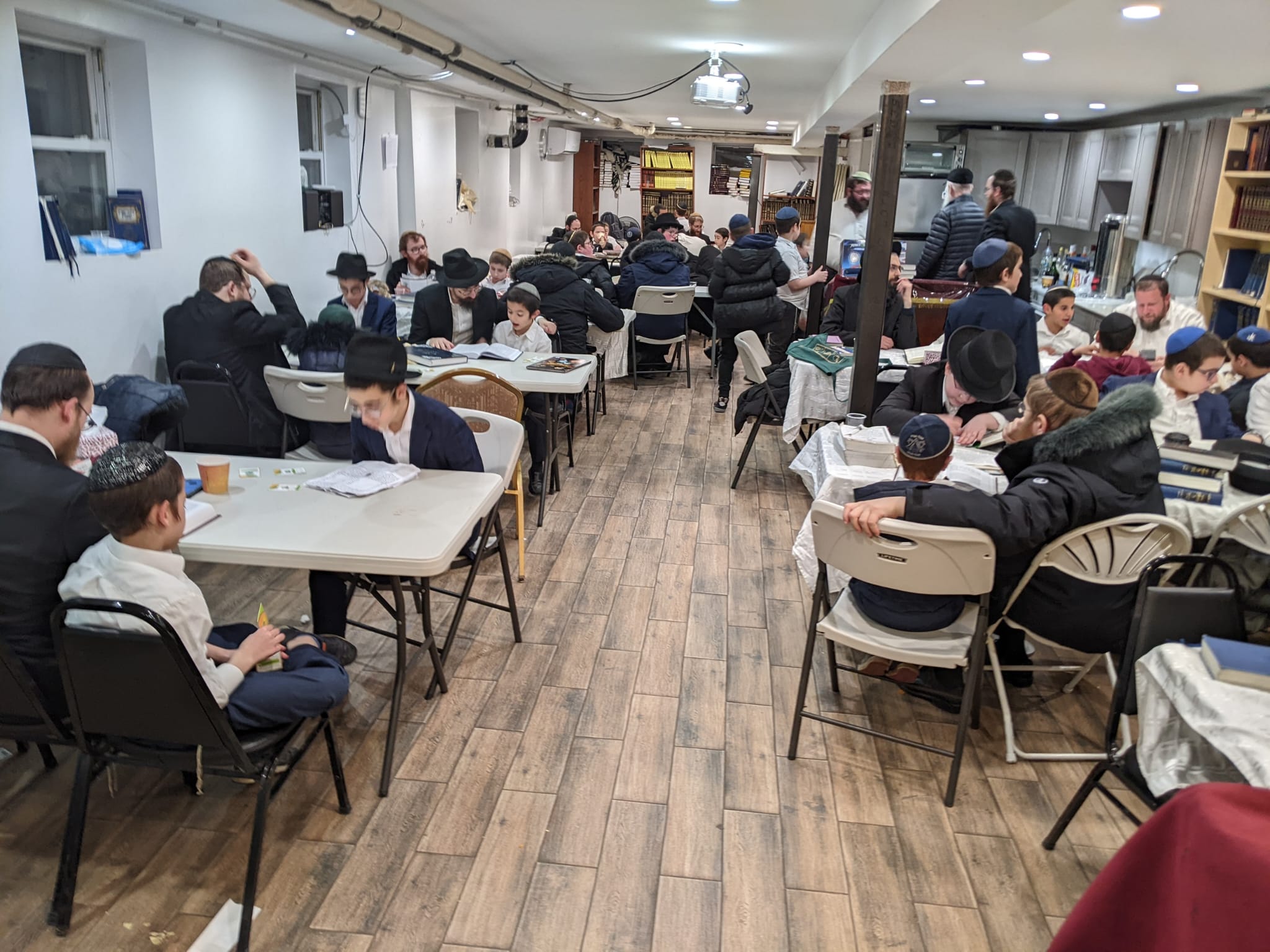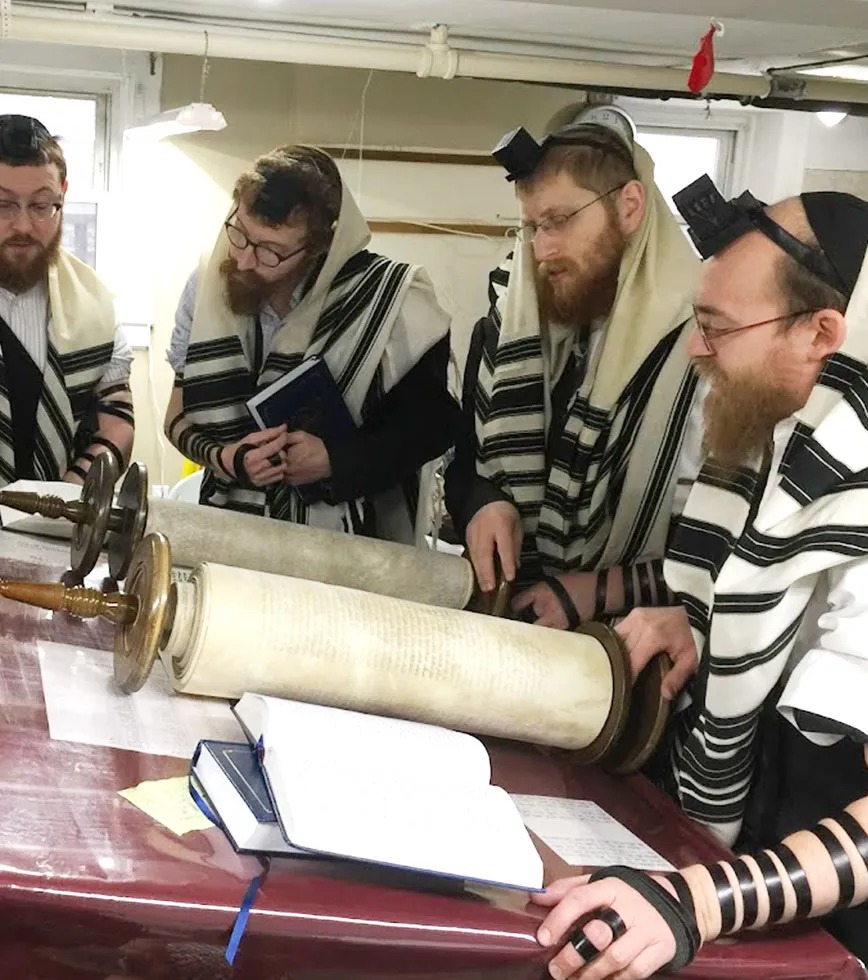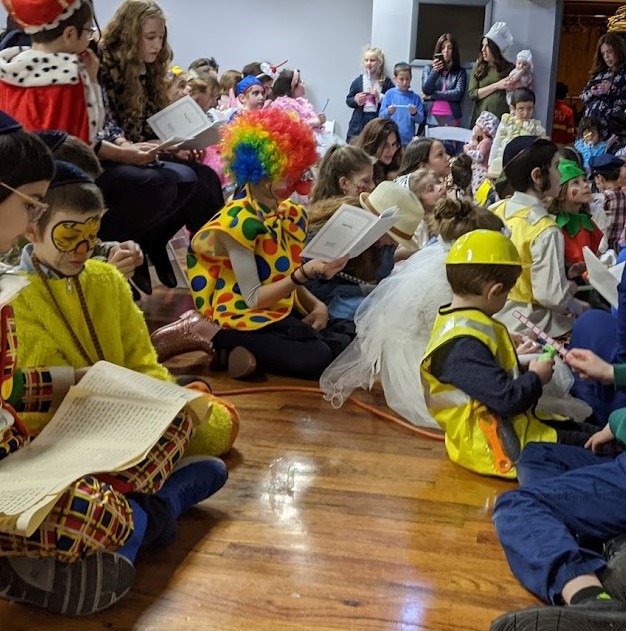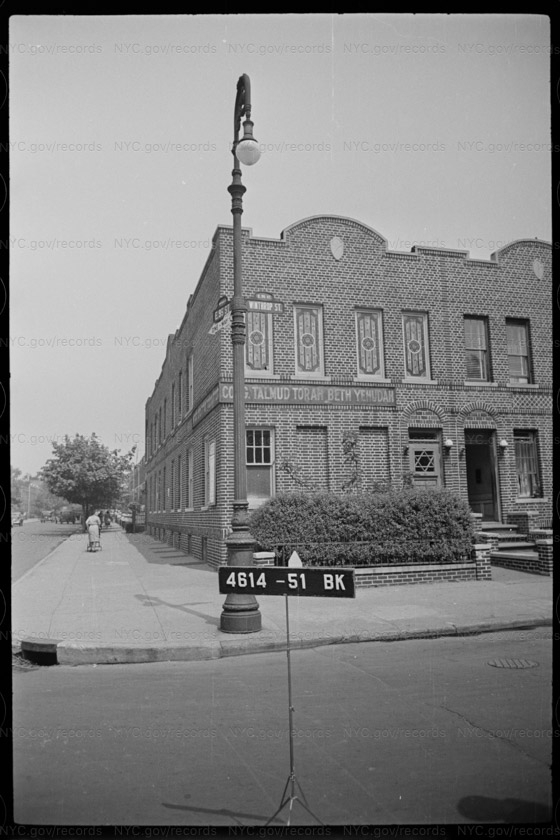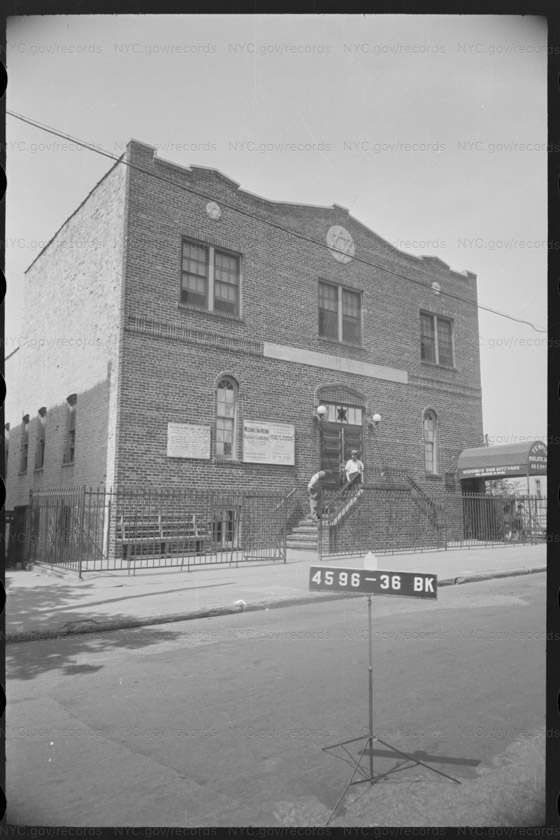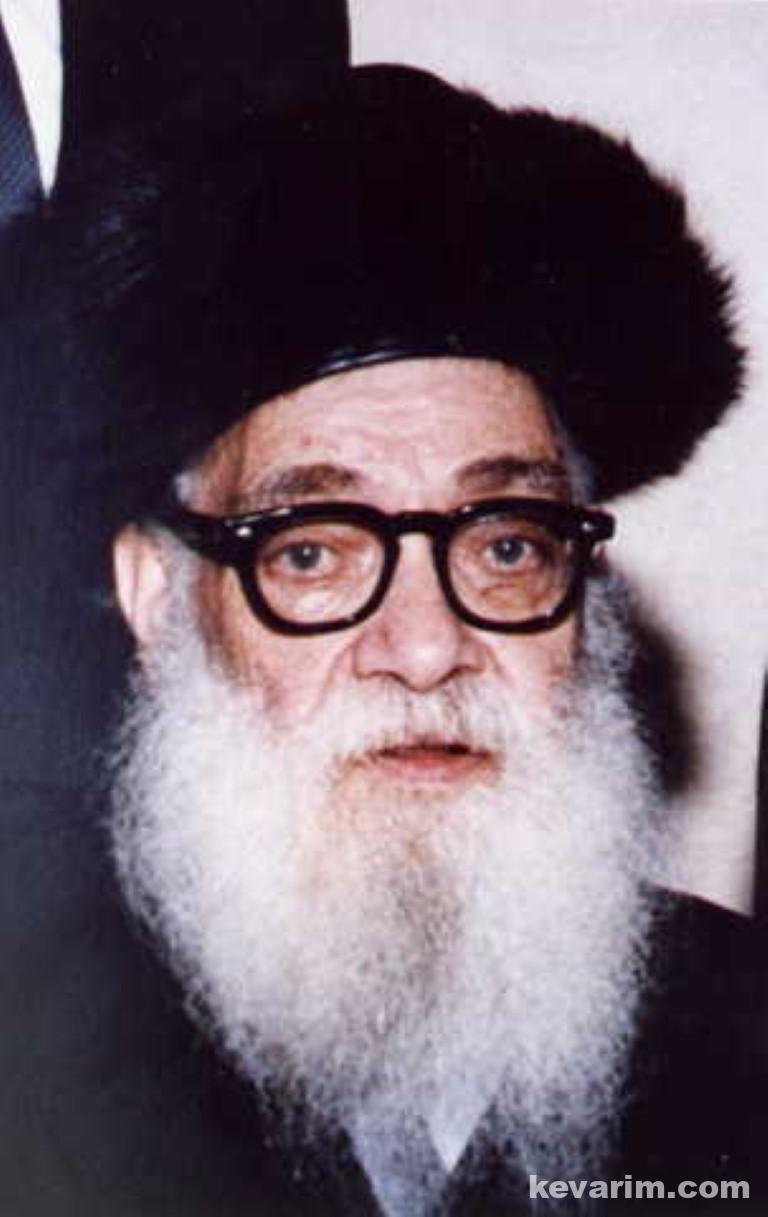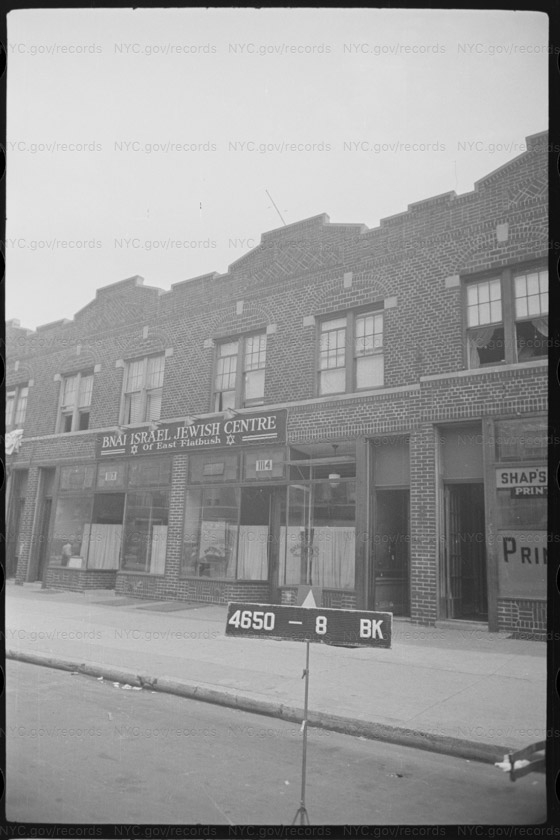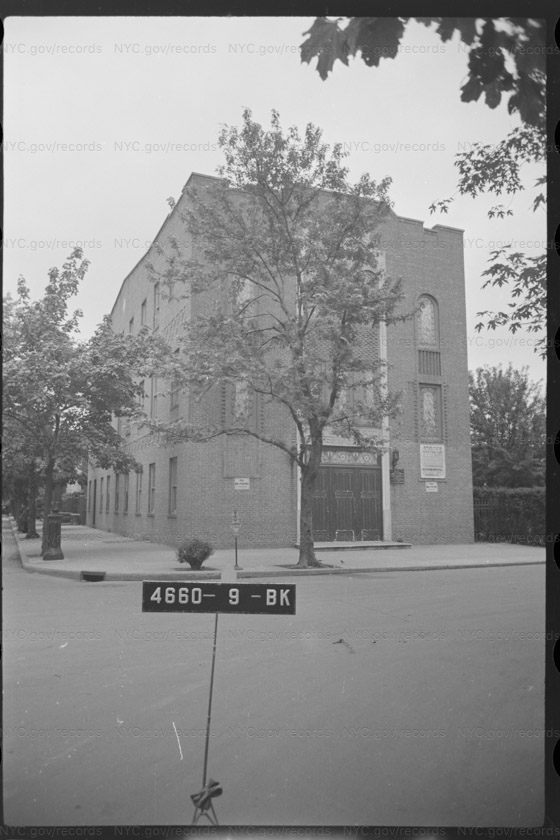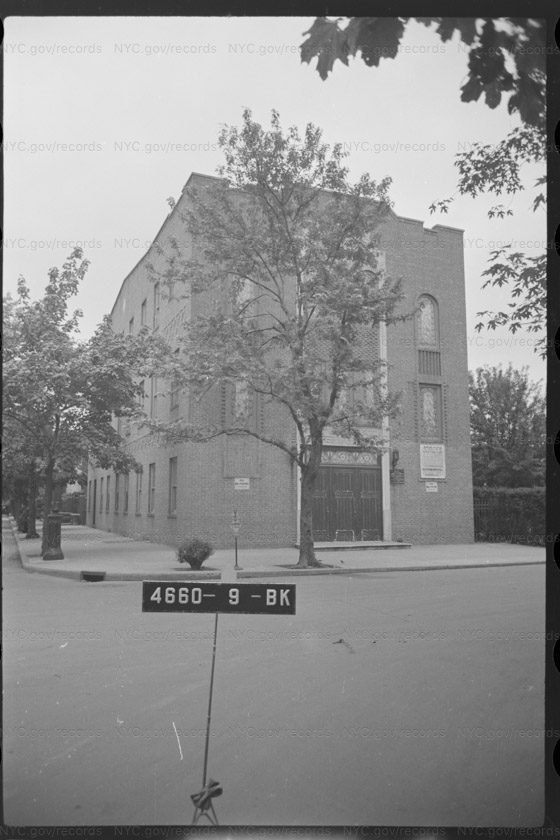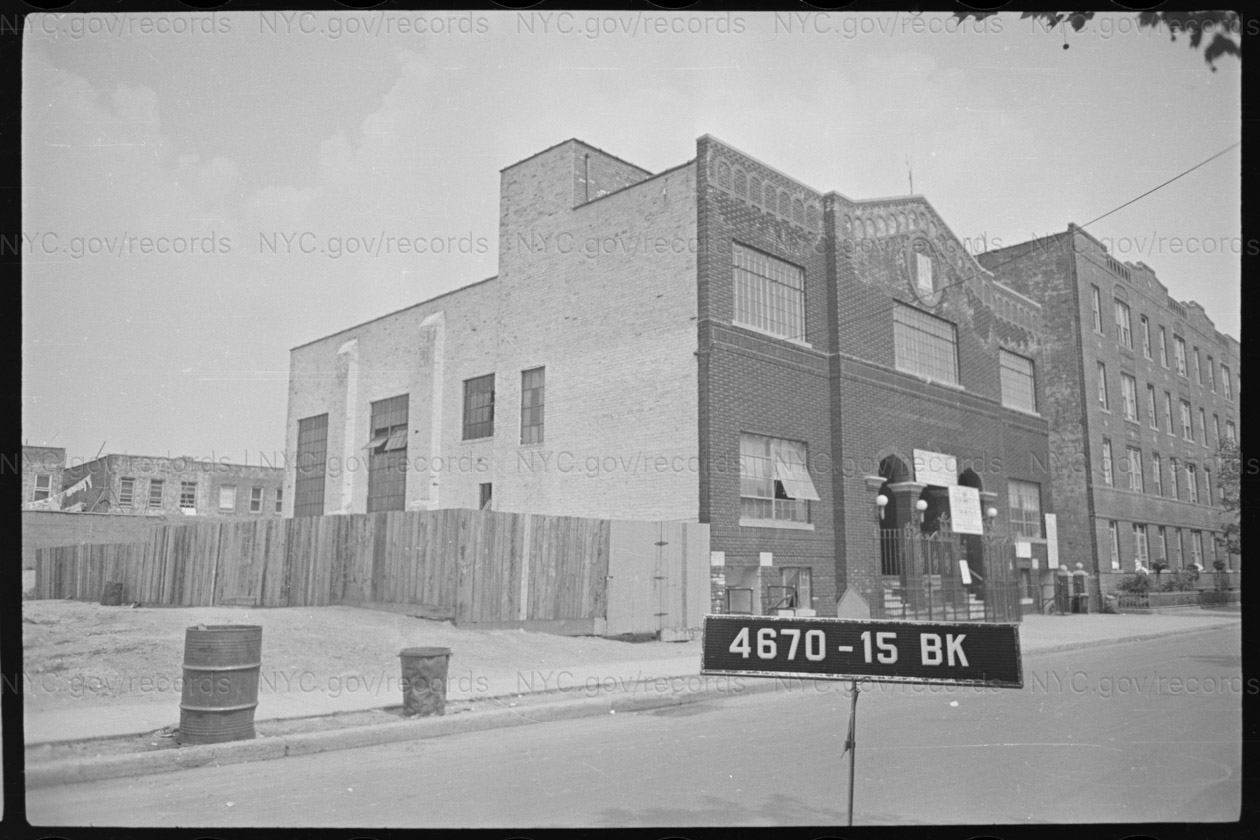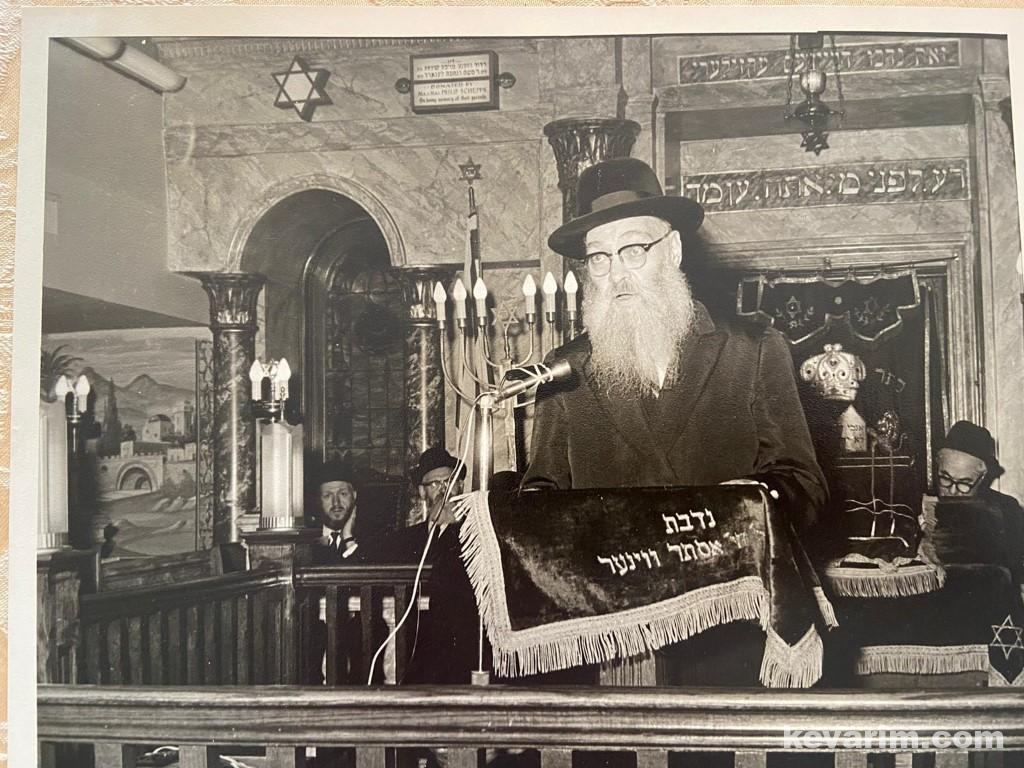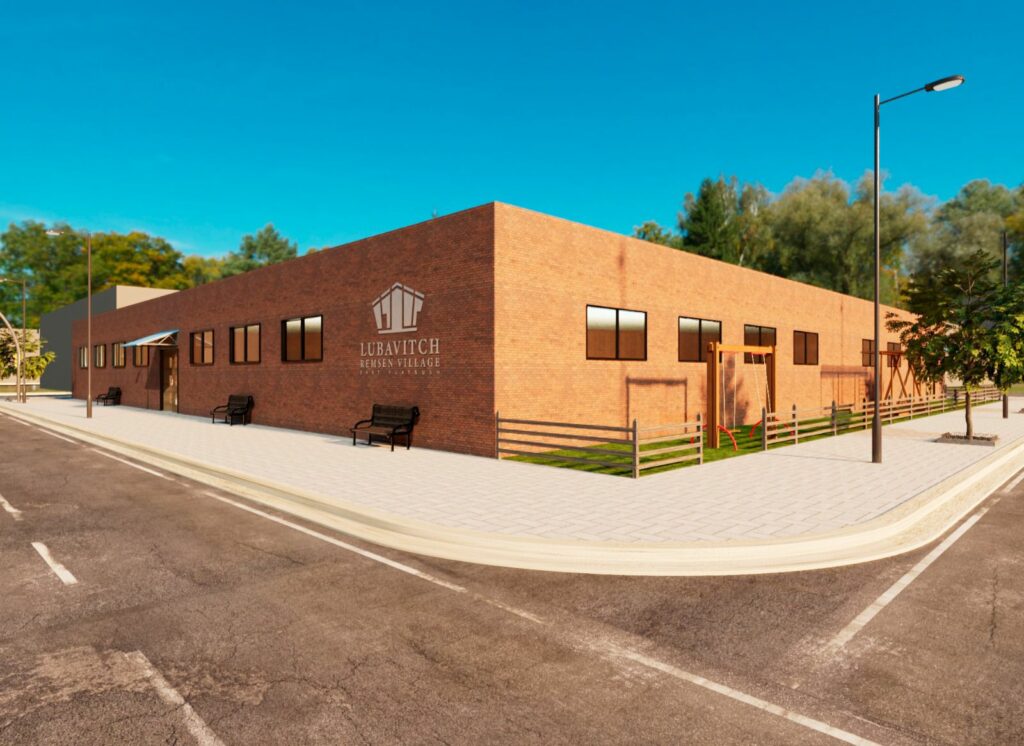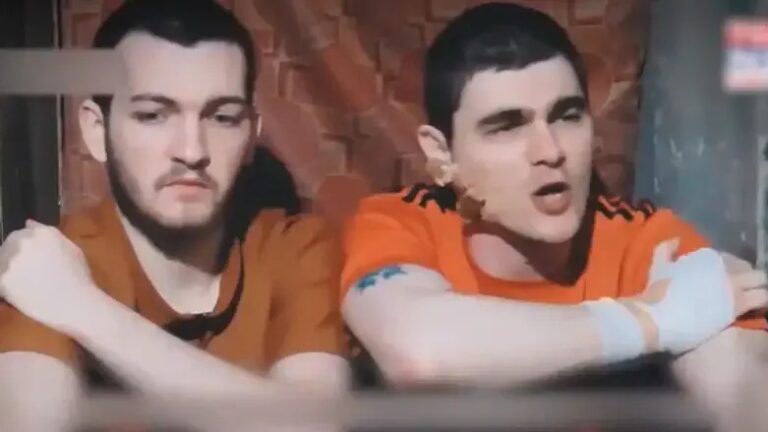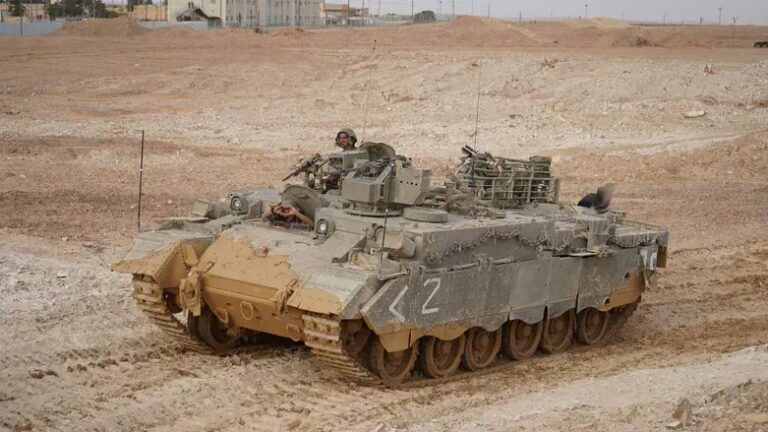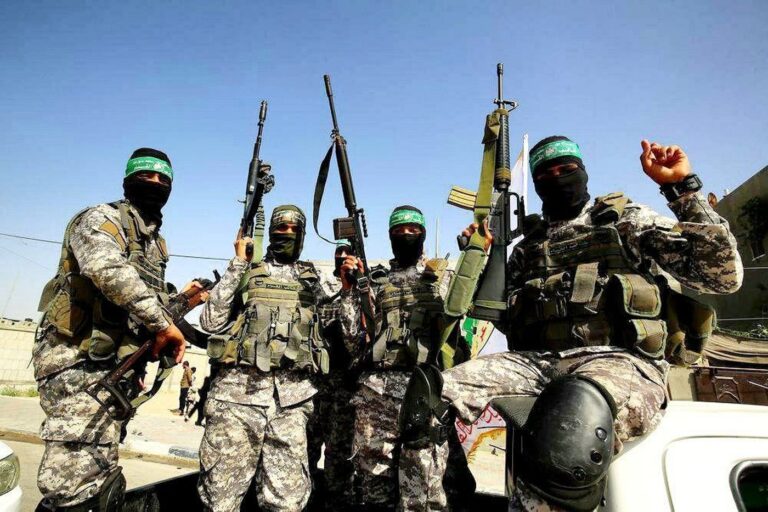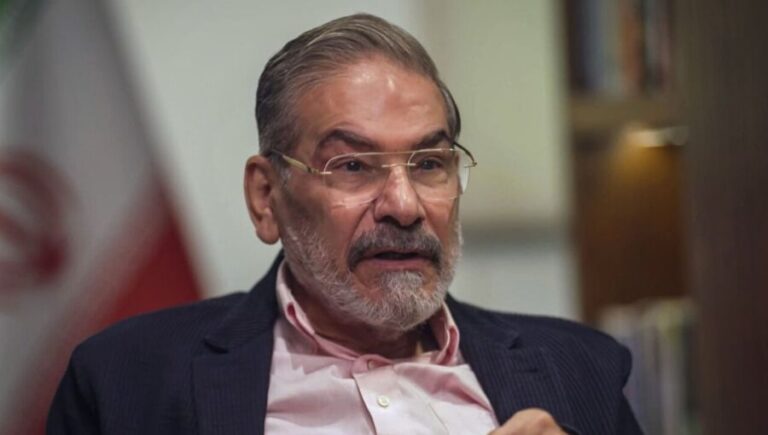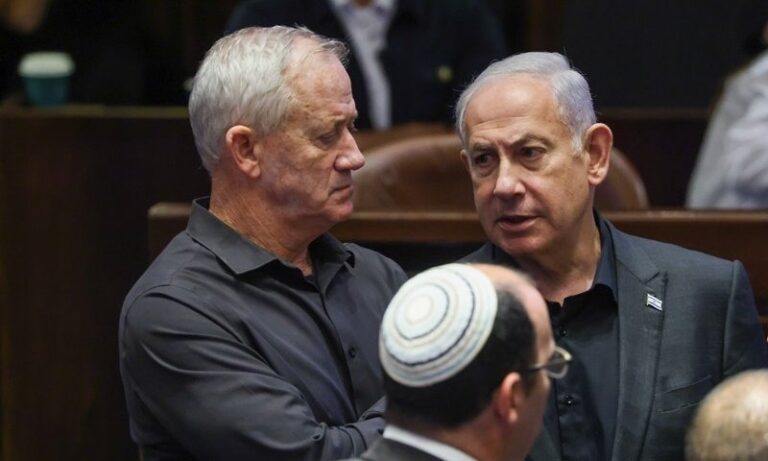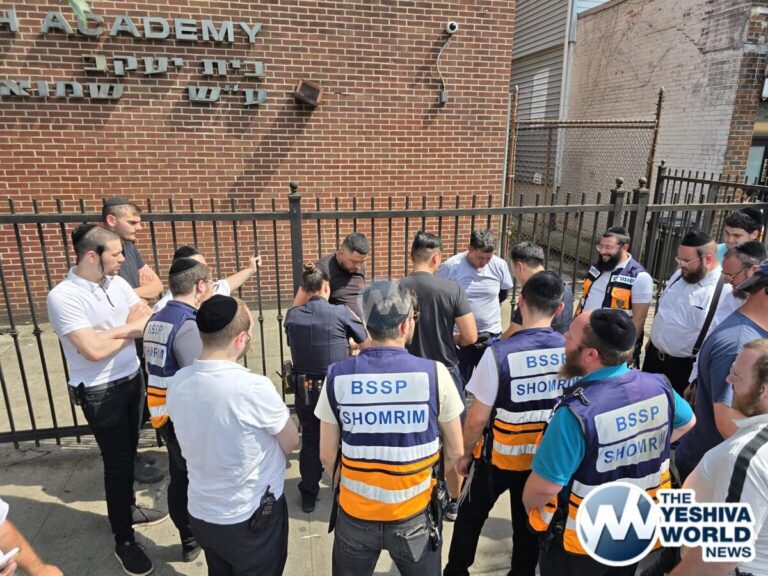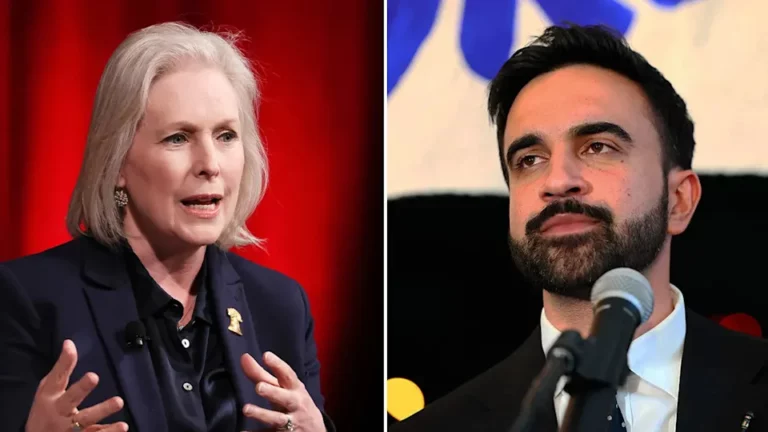Not so long ago, Boro Park and Williamsburg were not the Jerusalem of Brooklyn. Claiming this title were neighborhoods such as East Flatbush, Brownsville, and East New York.
East Flatbush boasted tens of thousands of Jews each, with shuls, kosher shops, and schools on every corner. Walking down streets such as Remsen Ave., Lenox Rd., and Ave. A., you were certain to hear snippets of Yiddish conversation of shopkeepers haggling their wares, housewives sharing the latest news, and children playing jacks or marbles.
Where would you choose to daven? Perhaps you would visit Young Israel of Rugby, led by Rabbi Avigdor Miller. Or perhaps you would prefer the Rabbi Simcha Meir Hakohen Shul at 309 E. 53rd St., led by Rabbi J. J. Hecht. There you would be able to enjoy the tenor voice of Chazzan Dovid Werdyger, with young Mordechai at his side.
You might choose Rabbi Cohen’s enormous shul at 890 Lenox Rd., where lines would form outside on Yom Kippur before yizkor. Does a chassidishe shtiebel better suit your taste? You could daven with the Monistricher Rebbe in his shtiebel at 68 E. 94th St, or you could visit the Gerrer shtiebel on Ave. A.
Of course, you could always stop by at Yeshivas Rabbeinu Chaim Berlin at the corner of Winthrop St. and E 52n St. and hear a shiur from Rav Yitzchok Hutner. If it was Sukkos, you could visit Remsen Ave. between Ave. B and Ditmas Ave., known as the “Sukkah block” due to the large number of sukkos visible there from the street.
All this came to an abrupt end in the ‘60s and ‘70s. Almost overnight, the demographics changed. Crime became rampant, and people felt unsafe even indoors. It wasn’t long before the Jewish residents moved to sunnier pastures, leaving these once booming strongholds to deteriorate.
For forty years, the neighborhood lay dormant. Shuls were sold to churches and mezuzahs were painted over. Graffiti replaced Yiddish and boomboxes replaced tefillos. These were not the type of places you would feel safe venturing to at night—or even by day, for that matter.
Then, some six years ago, the tables turned once again. Sefarim teach us that the voice of Torah and prayer is absorbed within the streets and buildings where they are uttered. And kedushah lo zazah mimkomah—if these places soaked up holiness, that holiness is still there. These hidden voices, latent yet always present, exuded a magnetic pull of sorts, attracting frum Jews to move there once again.
It’s Shabbos afternoon. Let’s visit the eastern segment of East Flatbush known as Remsen Village, just west of Brownsville. Yiddishe kinderlach are calling to each other from across the street. Families dressed in Shabbos gear are strolling down the sidewalk. Shabbos zemiros can be heard wafting from the windows.
East Flatbush is experiencing a miraculous revival. Over a hundred Jewish families now call this neighborhood home, with more families moving in each month. Yiddishkeit thrives here, visible, fresh, and vibrant.
The community shul, now still housed in a basement, boasts two daily minyanim, a large library, and a constant flow of shiurim. The community is presently in contract to purchase an expansive building on Remsen Ave. that will house a large shul, separate mikvaos for men and women, and a simchah hall.
Many of our readers have grown up in East Flatbush and remember the community that once flourished there. We would love to hear your recollections and be in touch with you about the recent progress of this new-old community. Please reach out to us Email [email protected] , Phone 718-679-9965
To learn more about our community visit www.lubavitchrv.org
To donate https://build.lubavitchrv.org/
